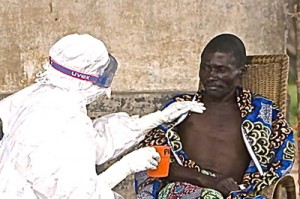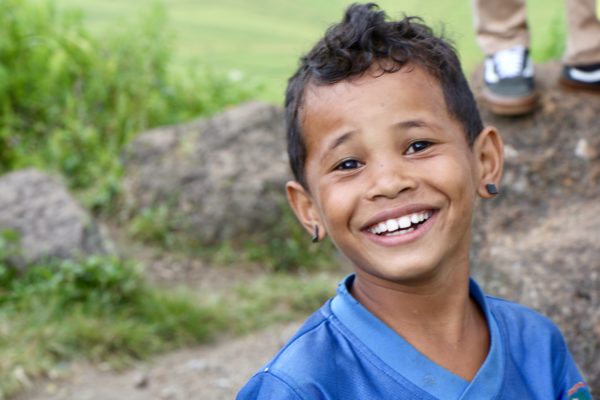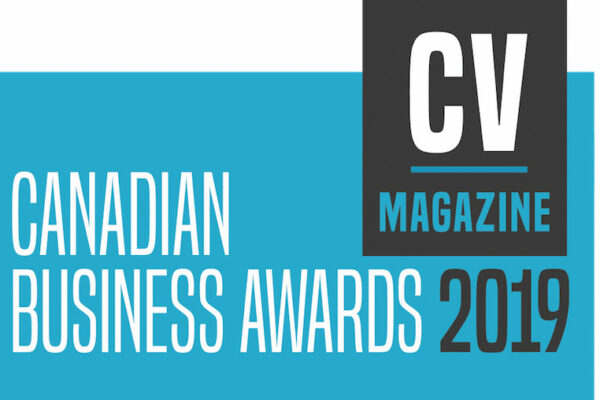CHOCOLATE MOOSE MEDIA PRODUCING ANIMATED VIDEO TO HELP STOP SPREAD OF EBOLA

Ebola. It’s a scary word made scarier by victims’ symptoms and Hollywood’s sensationalism.
Make no mistake, the five separate Ebola virus species cause horrible results. But it’s not an uncontrollable evil striking down everything in its path. It is a disease like any other, with pathogen vectors and limitations on how it spreads.
And it is preventable.

Ebola is a horrible disease, but it is preventable with the right attack. Courtesy of the World Health Organization.
Ebola is a horrible disease, but it is preventable with the right attack. Courtesy of the World Health Organization. Ebola is a horrible disease, but it is preventable with the right attack. Courtesy of the World Health Organization. The problem with the current epidemic in West Africa – which has killed 60 percent of those who have contacted it – is that it is giving rise to panic and myths that hinder this prevention. The scenario is familiar to Firdaus Kharas, who has used Chocolate Moose Media (CMM) in the past to create communications to change behaviours and counter stigmas and myths about HIV/AIDS (The Three Amigos), malaria (Buzz & Bite), domestic and sexual violence (No Excuses) and solar power (The Solar Campaign).
“There are so many myths, half-truths and outright falsehoods that spring up when a disaster like (an Ebola epidemic) happens. If we can show the basic facts about the disease, we can help prevent it from spreading. I intend to attack some of the myths, like how drinking vinegar can prevent an Ebola infection,” Kharas says.
Within the next two weeks, CMM will produce a video short that focuses on preventing the spread of the disease by explaining how it is contacted and spread and by pointing out how it can be prevented.
“There is an urgent need to save lives with accurate, well-created media in a time of crisis,” Kharas adds.
The video is being funded by United Methodist Communications in Nashville, Tennessee, the global communications agency of The United Methodist Church that has the developing world as one of its focusses. The executive producer is iheed, a mobile-health-education innovator in Dublin, Ireland, for which Kharas is the creative director.
The video will run between two and four minutes. The animation is being done in India and once completed will be uploaded to Youtube. The voiceover will be in Sierra Leone English (where the current epidemic is centred) and Kharas hopes others will download it and do narrative translations in as many languages as possible. It will be done in two-dimensional primary colours to leverage the trans-cultural reach of animation and will be written by an African, look and sound African and, most importantly, be focused on Africa’s needs.
But the message will be universal: despite its reputation, the Ebola virus is controllable.



